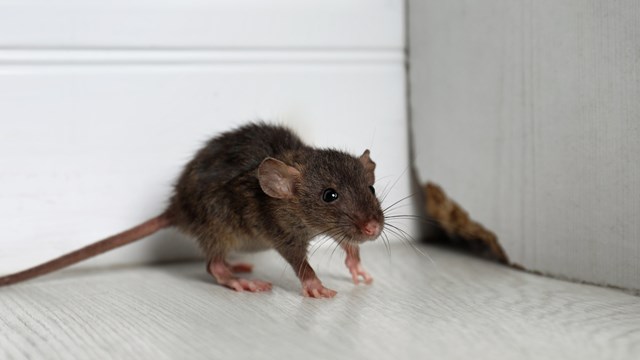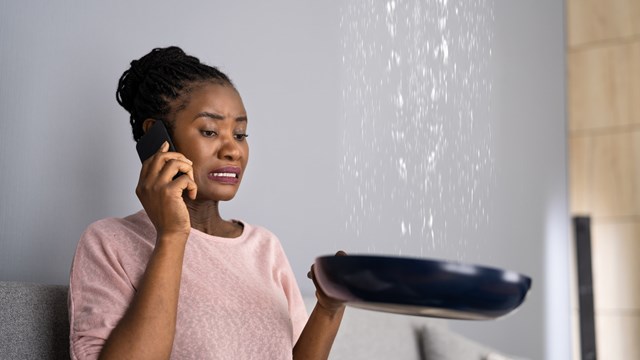
Q. I purchased my co-op four years ago with a master bath that had been remodeled seven or eight years ago by a previous owner. It appears that water/moisture is seeping into the foyer wall on the opposite side of the shower stall and is causing the plaster to raise and peel, which is affecting a custom paint job. The shower tiles do not show any signs of cracking, opening or warping. Who is responsible for the repairs, considering the bathroom was redone that long ago and by a different owner? Also, who is responsible for mold (assuming that there is any)?
—Seeking to Find Who's at Fault
A. “The short answer is it depends on the source of the damage to the plaster in the bathroom, which adds a preliminary question of who pays to solve that mystery,” says attorney Andrew Weltchek of the New York law firm Cohen Hochman & Allen.
“The reader says: 'It appears that water/moisture is seeping into the foyer wall on the opposite side of the shower stall and is causing the plaster to raise and peel [and damage] a custom paint job.' We don't know if that is truly the source of the damage to the shower, nor do we know whether the foyer wall is part of the common areas in the co-op or part of an adjoining apartment. But we have to start somewhere.
“So we start by testing whether is water really coming from the foyer wall and, if so, how? If the foyer wall is part of a common area, then the co-op board should pay for that investigation or, at least, allow the shareholder with the shower problem to perform the testing at his or her expense. If the foyer wall is part of the shower owner's apartment, he or she pays to find the cause. If the foyer wall is in another shareholder's apartment, then that shareholder should pay to find the cause – or at least allow the shower owner access to the foyer owner's apartment to find the cause.
“If the ultimate source of the water is some common area of the building, then the board should pay to fix the problem and reimburse the shareholder for the testing and the damage – including mold, if any. Otherwise, the shareholder where the water is originating should pay.”









Leave a Comment